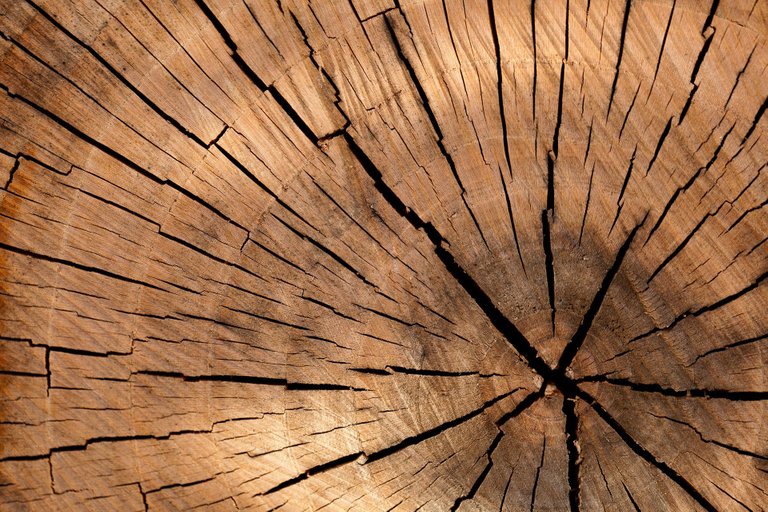Windows From Transparent Wood
Every little child knows that wood is not transparent. But, now thanks to the work of scientists we may have to change our perceptions.

Image by PublicDomainPictures from Pixabay
- Be also sure to check out my other posts and follow me @kralizec and subscribe to my Youtube channel at Kralizec Gaming Youtube Channel
Wood is incredibly durable while being malleable. Thus, people have been using it since the dawn of humanity. But lately, humans have been trying to achieve something truly remarkable. The creation of transparent wood. You may be asking yourself, but why? Well, we could then start using wood for windows and reduce the need for glass or plastic.
We already have a few methods of how to get transparent windows. But they only exist in laboratory conditions and are quite expensive and ineffective. One of the ways to achieve this is to chemically remove lignin – small hollow fibers that make us the structure of wood alongside cellulose – and replace it with epoxy or synthetic resin. While that does work it also changes the mechanical properties of transparent wood created with that method as lignin not only gives color but also reinforces the material.
A team of scientists tried to find a more gentle way to make transparent wood while retaining its basic mechanical properties. And they succeeded. At least in a laboratory. To achieve this, they did two basic things and the first of the two steps was to bleach it in hydrogen peroxide.
The peroxide removes the brown coloring from the lignin. And we are very familiar with this process as it is used to – for example – make paper. But as you probably noticed paper is white and not transparent. The reasons for that are multiple, including other materials found in wood but mainly the fact the way light refracts in the microscopic fibers of cellulose. That is why the authors of this new method filled these tiny capillaries with epoxy resin causing them to behave more line optic fibers that carry light from one point to another.
While the final product isn’t ready to replace wood at the moment as it is more opaque but it does let light pass enough for many applications while keeping its mechanical properties and it is still made from lignin and cellulose and the epoxy that replaced the air in the cellulose increases its weight only by a little bit.
Sources:
- If you like the content I’m producing about science maybe you will like the content I produce about gaming as well! Be sure to check out my other posts!
That is super interesting.
It feels like whatever is being done to the wood is just as, or more expensive, and wasteful, then just using glass. Is there something horrible about glass that perhaps is not common knowledge?
The production of glass is highly energy demanding.
Plus, the processes are expensive now for sure, but with further research, the price may be pushed down and trees are a much more renewable source of material compared to sand from which glass is made.
I see. I thought sand was everywhere and glass was made naturally with lightning and such. I can see how sand is finite and lightning not common enough to make glass.
Silly me. Thank you for your response.
The amount of glass produced by lighting is nothing compared to the amount of glass we use.
We mostly take sand and put it into high-temperature ovens and the energy to heat it up is what makes glass pricey.